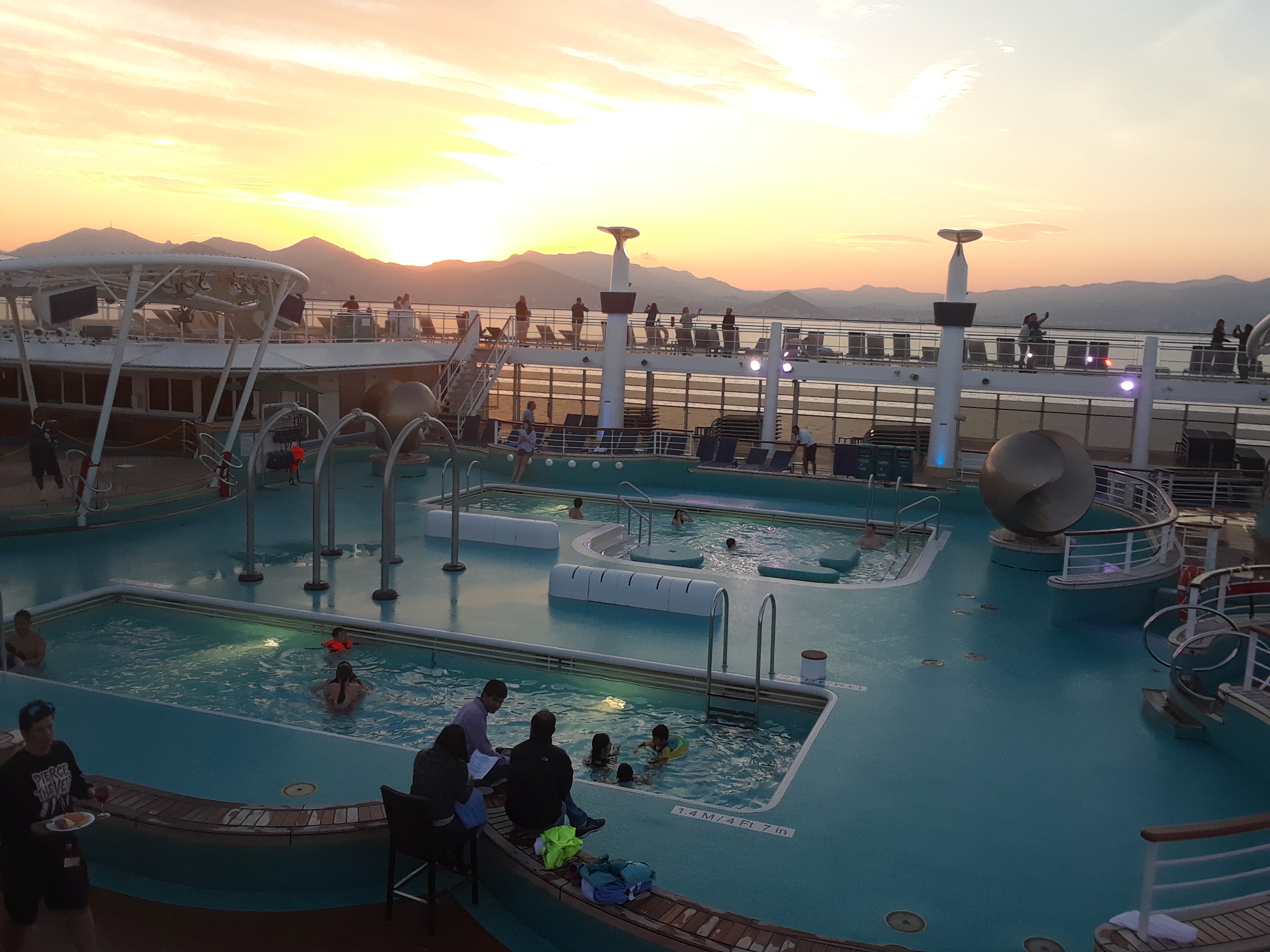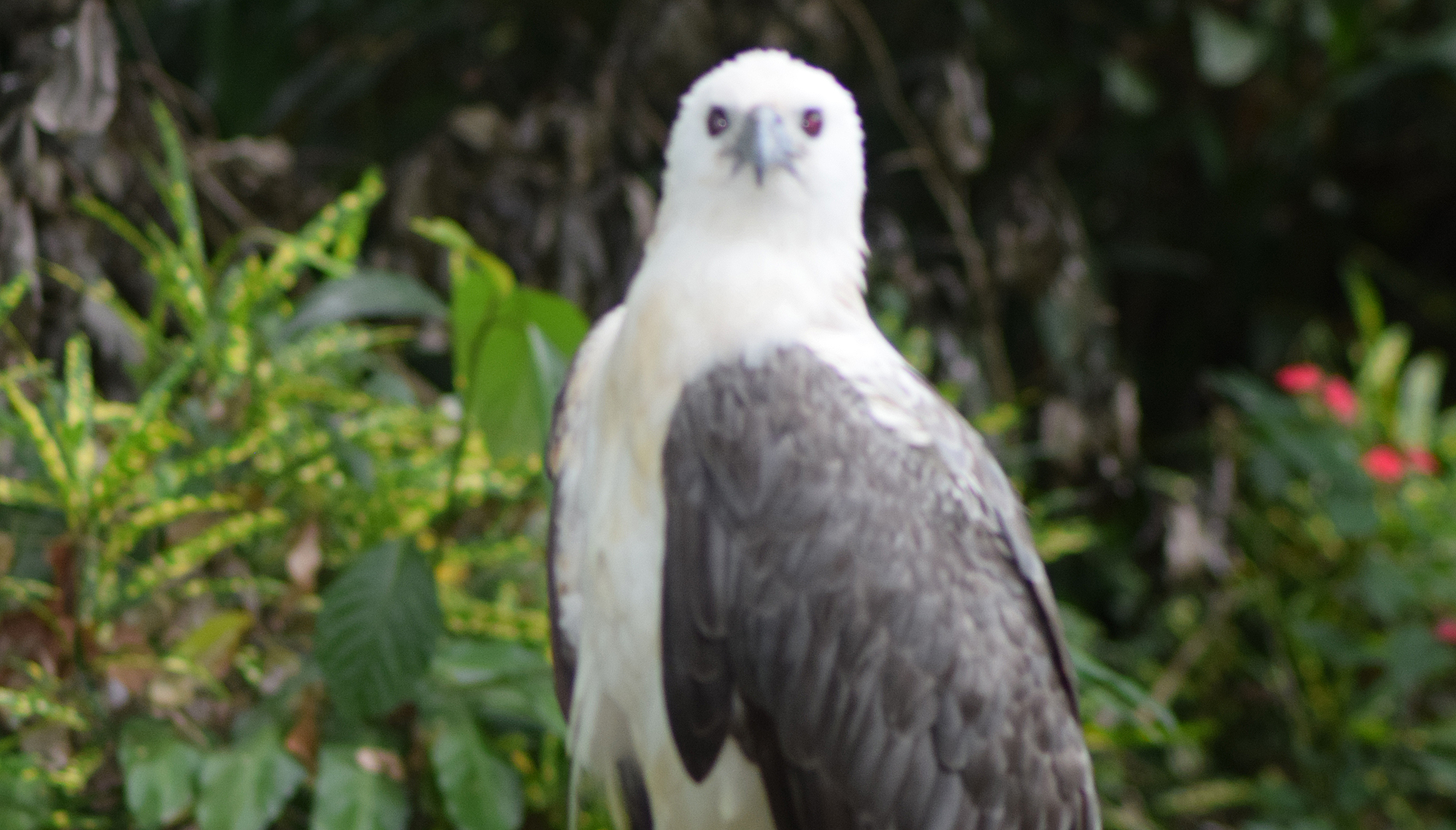
Grand Palace, Bangkok, Thailand
You have not experienced the heritage and culture of Thailand if you have not visited the Grand Palace. Construction started in 1782, when King Rama I moved his capital to Bangkok. Then known as the Kingdom of Siam, which you may know if you are a Rogers and Hammerstein fan, the name is familiar from the musical “King and I”. From that time to about 1925, this was the home to the King of Thailand. The Grand Palace covers 94.5 hectares (234 acres) and has over 100 buildings. Tourists are most familiar with the Temple of the Emerald Buddha, Wat Phra Si Rattana Satsadaram, which covers a small portion of the grounds.

Temple of the Emerald Buddha
One interesting point is that the Temple of the Emerald Buddha is not a temple and the Buddha is not emerald. Technically it is a chapel. A temple or in Thai a Wat contains residential structures for the monks, the Temple of the Emerald Buddha does not. The Buddha was carved from a single piece of jade, not emeralds. The history of the statue is very fascinating and mysterious, but some highlights are it was lost about 462 AD. Somewhere in time it was disguised and moved to Chaing Rai in 1432, in 1434 lighting struck the Chedi and rain damaged the items inside. While being examined by the monks, they saw that there was a chip in the statue and it revealed the jade. The color emerald and the gem share the same name and the statue was said to be emerald in color, which word of mouth just became an emerald. The official name of the temple translates to “the residence of the Holy Jewel Buddha” and it has been its home since 1784, the year the grounds were consecrated. This statue and the grounds it sits on are considered the most sacred for Thai Buddhists. Visitors should show respect and dress properly.
A tourist in modern times enters what was the hermit gate, which was at the rear of the grounds. Sadly, some tourists get upset when they are told the entrance is about $12, but is free for Thai’s. My view is that they have been paying taxes to keep the place up for over 200 years, they deserve a break. As you enter the hermit gate to your left is a cover walkway, guarded by two 16 foot Yakshis, mythical giants. Many tourists in their rush to see everything frequently overlook this walkway. The walkway surrounds the temple grounds.
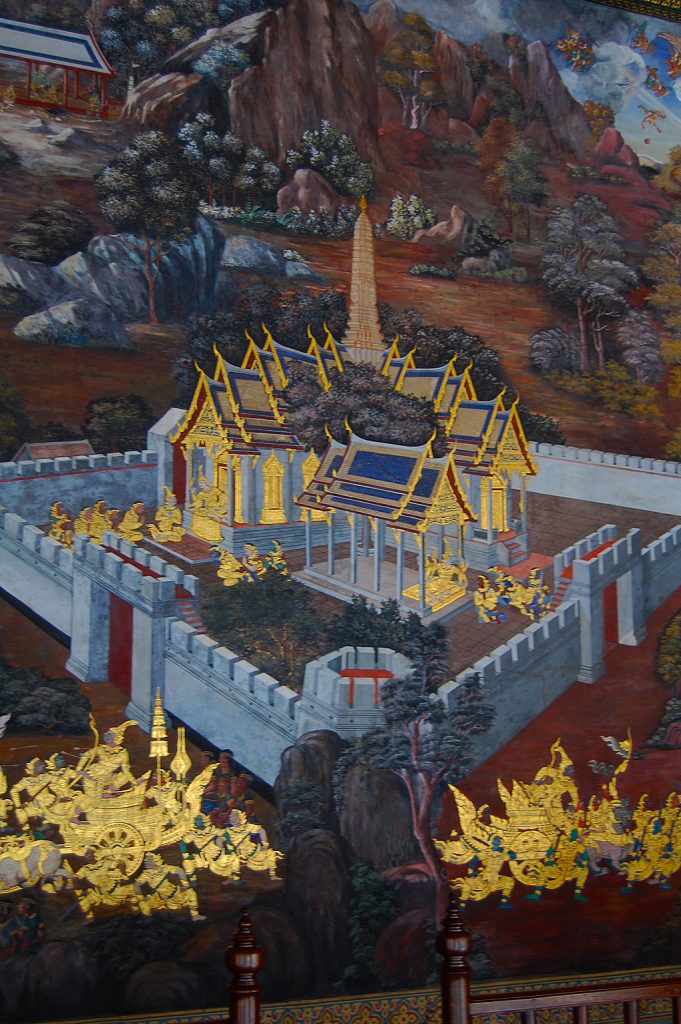
On it are paintings. In 138 scenes, it represents The Ramayana, one of the two great epics of Hinduism, and it is fundamental to the cultural identity of Thailand and other Southeast Asian Countries. The story tells of Rama, which is the title that the Siam king took and is still in use today.

While today this is the backside of the grounds and most tourists never venture here, this was the main entrance area of the grounds. You can see the second gate in the image between the two Chedi, the ceremonial gate is to the right and is kept closed. In the 19th century, the additional buildings were added, and they represented different styles of the region.


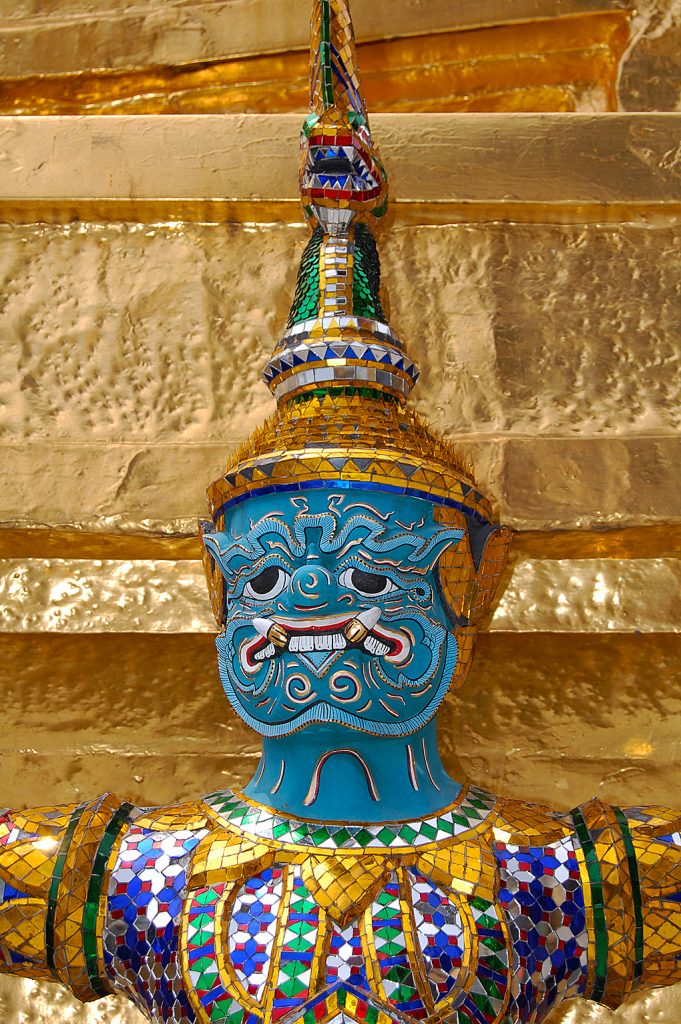

The Phra Mondop, the library, was also built by Rama I. The doors are carved with mother-of-pearl in laid, the roof and supporting structure have carved flowers. There are some planters for water lilies around this area.

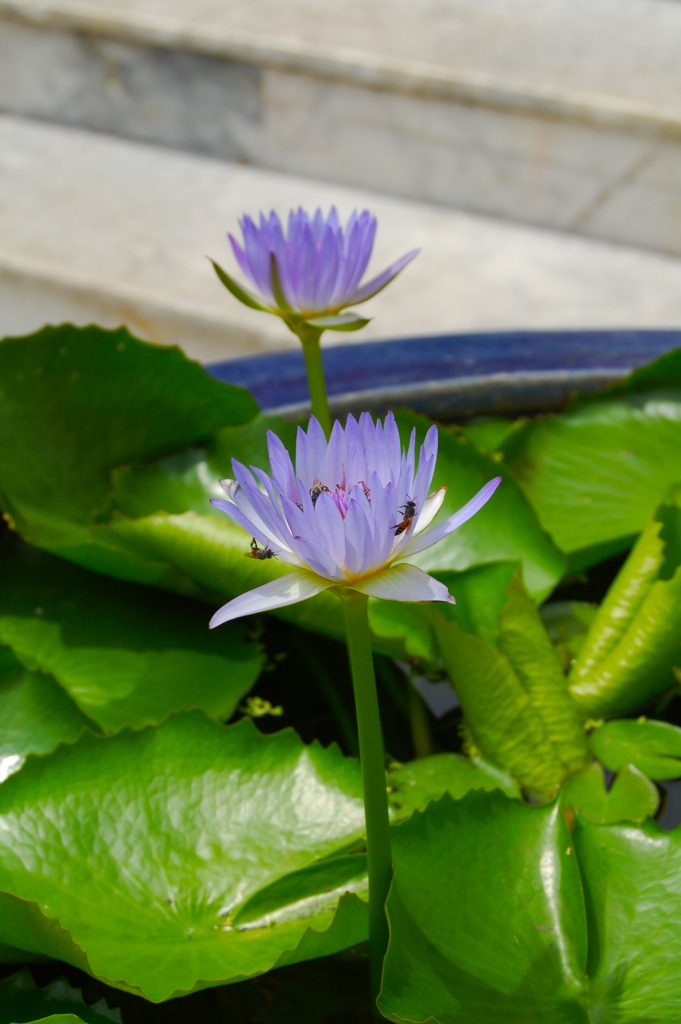
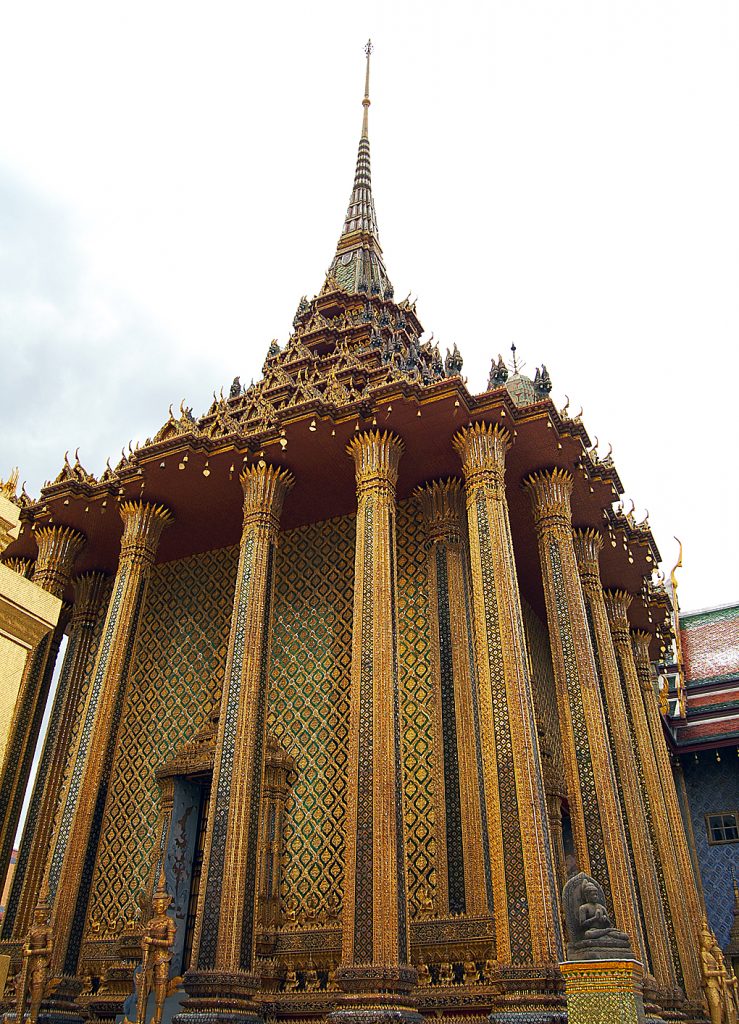
The name Prasat Phra Thep Bidon (Royal Pantheon) means “The Shrine of the celestial Ancestors”. Originally built around 1855 by King Rama IV to house the Emerald Buddha, however, he died before it was finished, and the next king thought the area too small. The building has a different style when looked at the side and front. This was partly due to a fire in 1903, after repairs, life-size statues of the previous kings were added here. This building is open once a year April 6, to celebrate the founding of the Rama Dynasty.
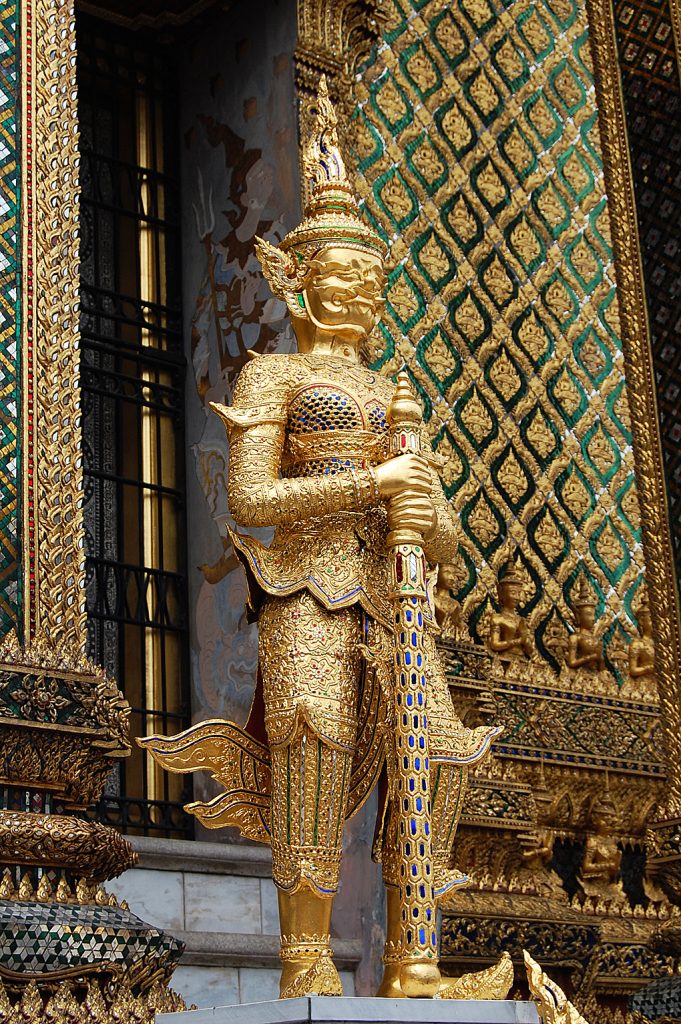
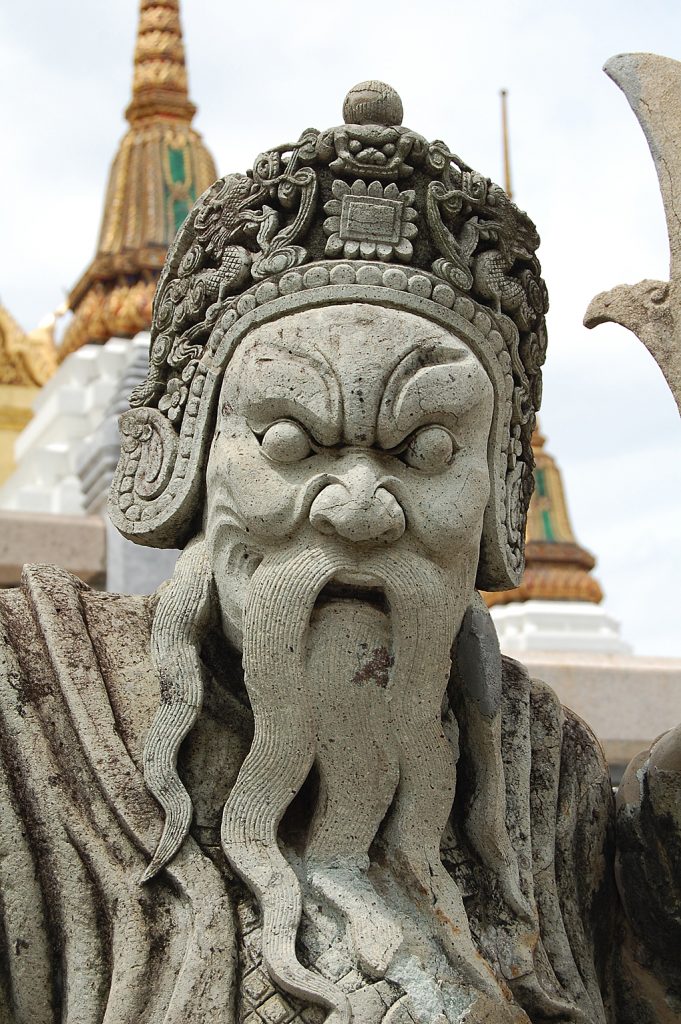
Around the grounds are small gardens, some in bonsai style with stone statues.
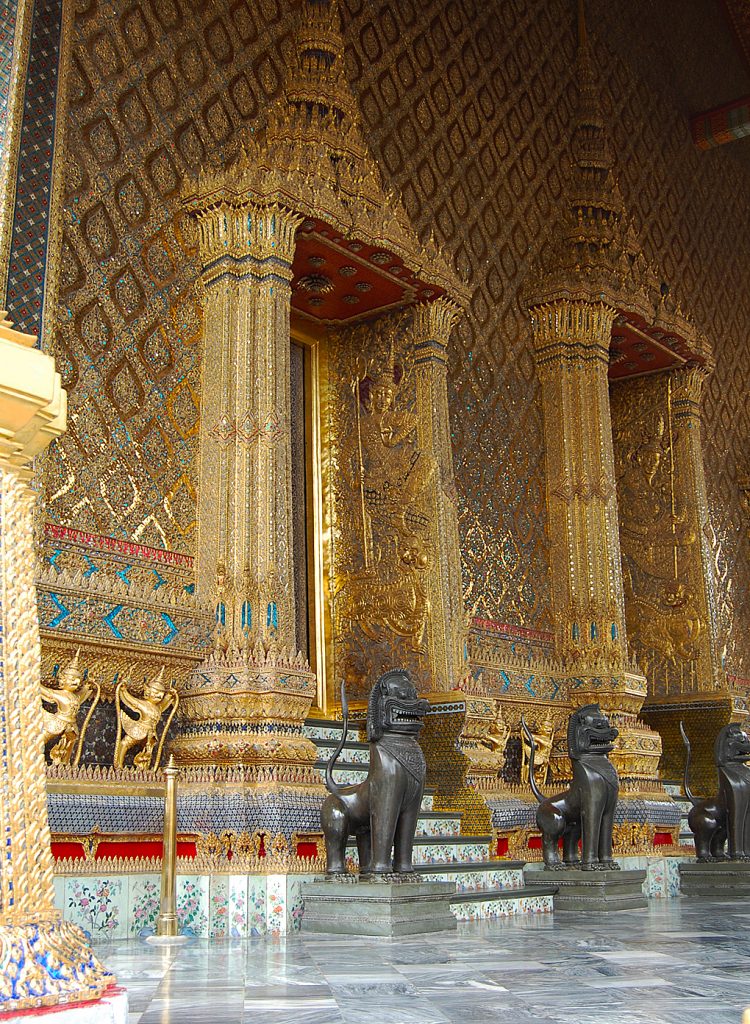
A Ubosot is the main building of a Wat and features the most precious Buddhist image of the temple. In this case, the Emerald Buddha. This shows a little photographed area as it is the back of the building, behind the throne which the Buddha sits on. It is used by the king to change the dress of the statue. Three times a year, at the start of the summer season, winter season, and rainy season, the covering over the statue is changed. The king is the only one allowed to touch the statue. He removes the current covering, dust and cleans the statue, and dresses it in the new season outfit. It is thought to bring good luck and long life to the country. When not in use, the outfits are on display in the Museum of the Emerald Buddha Temple in the Grand Palace area. While photographs of the Emerald Buddha do exist, it is forbidden to photograph it.

The Chedi are domes and like the Ubosot are home to artifacts. The Phra Sri Rattana Chedi is in Sri Lankan style was built in the early 1800s and is said to be the home to some of Buddhas ashes.
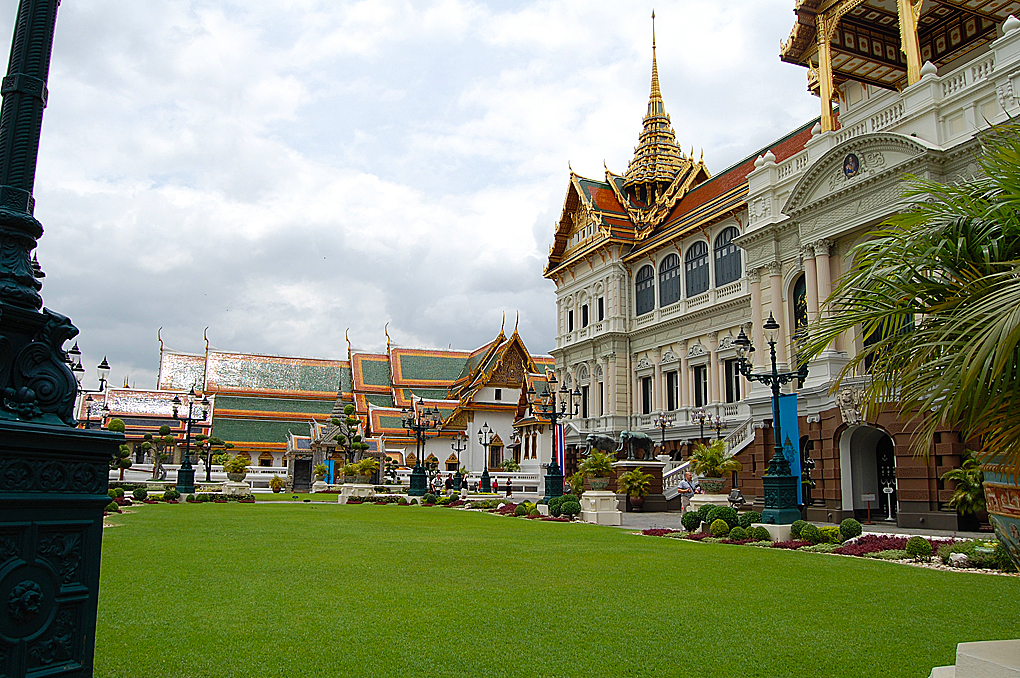
The Grand Palace
Once you leave the grounds of the temple, you enter the grounds of the Grand Palace proper. One of the largest buildings that you will see is the Phra Thinang Chakri Maha Prasat, The Throne Room. This was built in the late 1800’s using European style. However, towards the end of construction, it was decided that it would be only proper to have some traditional Thai style so the roof and spires were added in Thai style.
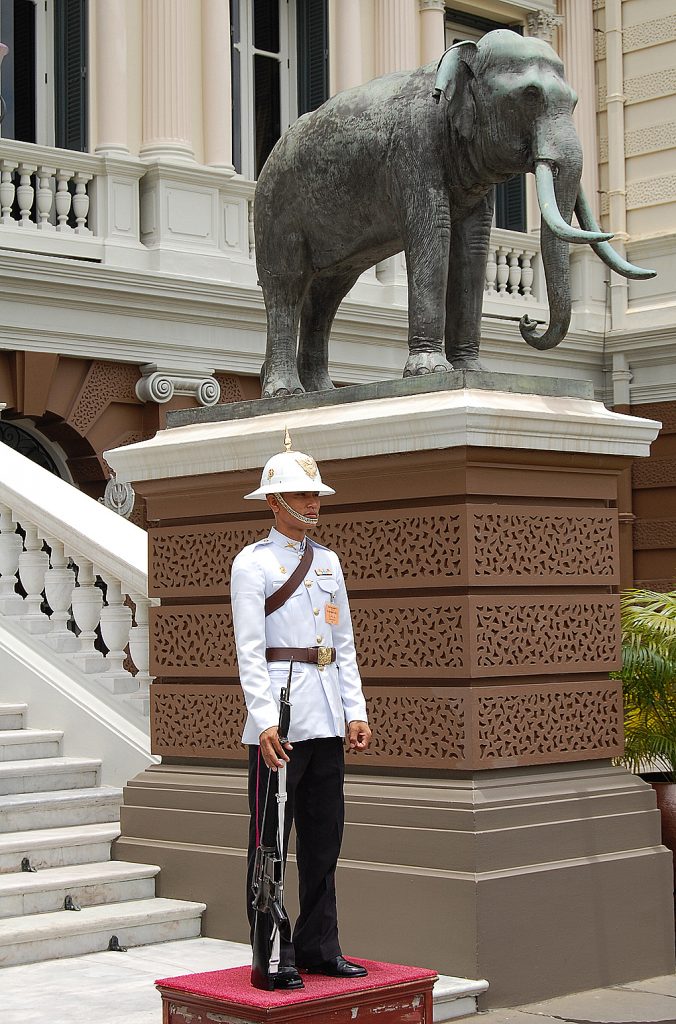
This building was meant as a working center, today the ground floor houses museums showing military weapons from early times. It also includes gifts to the king that were of a military nature.
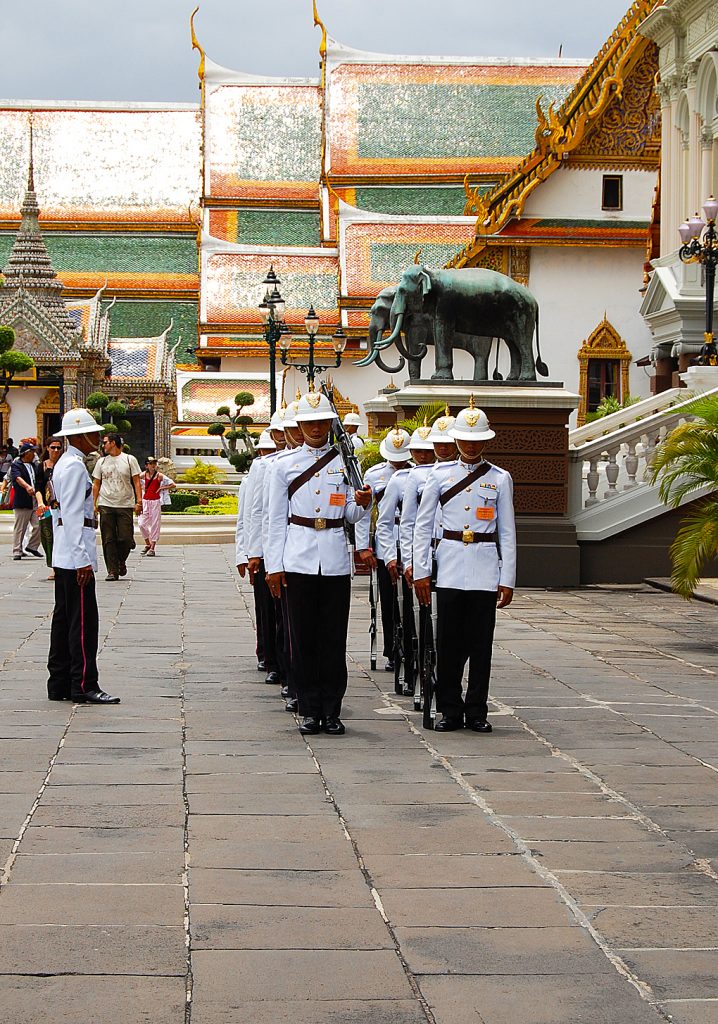
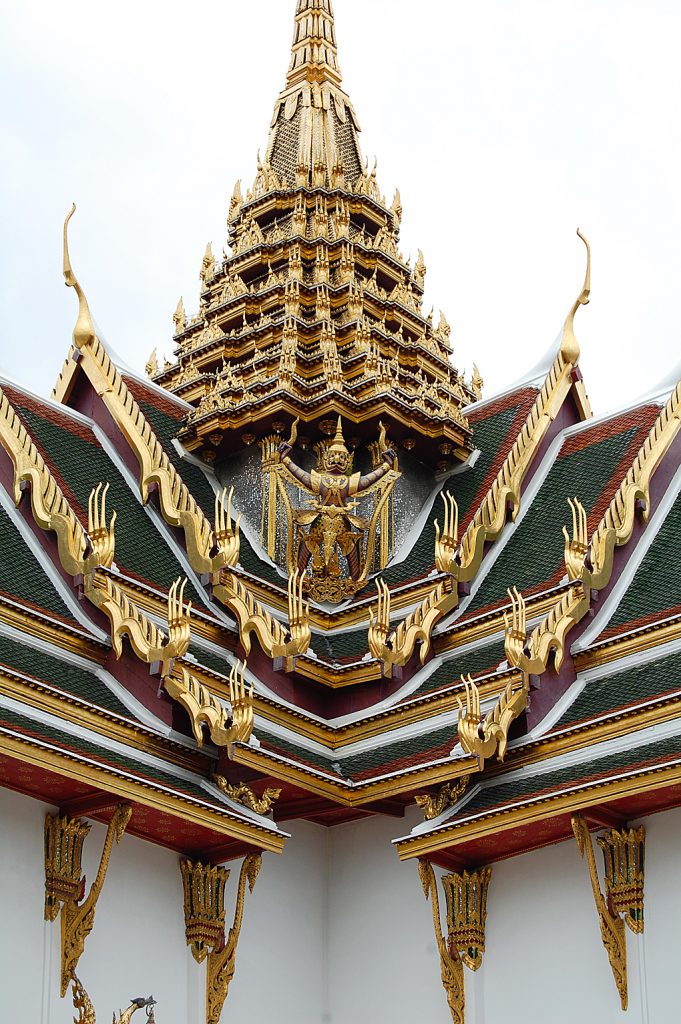
There are many buildings in the Grand Palace, well over 100 with different styles. Some are of a more traditional style, such as shown in the roof structure of this building. The grounds are a major tourist attraction, but there are still official functions held here at times. One section of the grounds is closed that was built as the home for a secondary king, similar to a crowned Prince. It is now used as a guest quarters for visiting heads of state.

The building shown here is next to the “Throne Room” and it is THE Throne Room. While the European-style building is the throne room for normal occasions, this building is the official one for the coronation and extraordinary functions. It was used during a celebration of the King’s 60th year as monarch. Kings and other Royalty from around the world gather here in a special tribute.

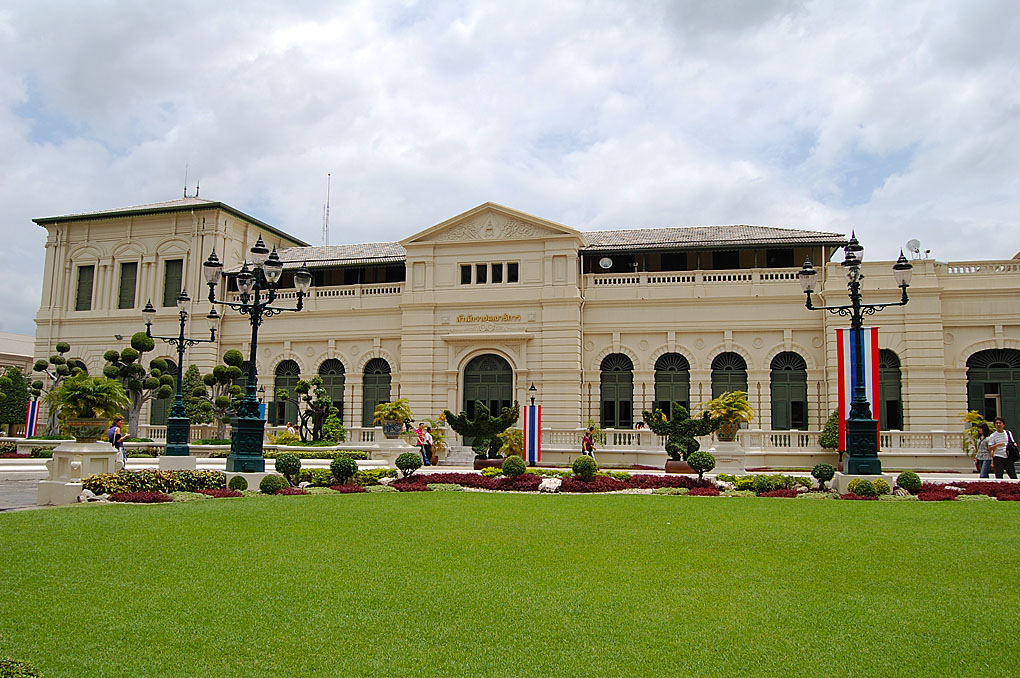
While the king no longer lives in the grand palace, it still has the offices of the Royal household staff. Much of the responsibilities for some of these buildings still fall under their care.
Plan to Stay a Full Day at the Grand Palace
Many tourist companies will whisk you through the Grand Palace and the Temple of the Emerald Buddha as a part of a half-day tour. You can spend a half-day alone at the museum, some buildings open to the public get very few visitors but have outstanding history lessons. While in some buildings, you are not allowed to take photos, however, in most you are. In one visit, I was told that you are not allowed to take photographs in the formal throne room. Then the attendant took me outside the building and showed me an open window that I could photograph through. If you have only one day in Bangkok, this is where you need to spend it.





